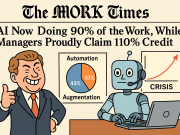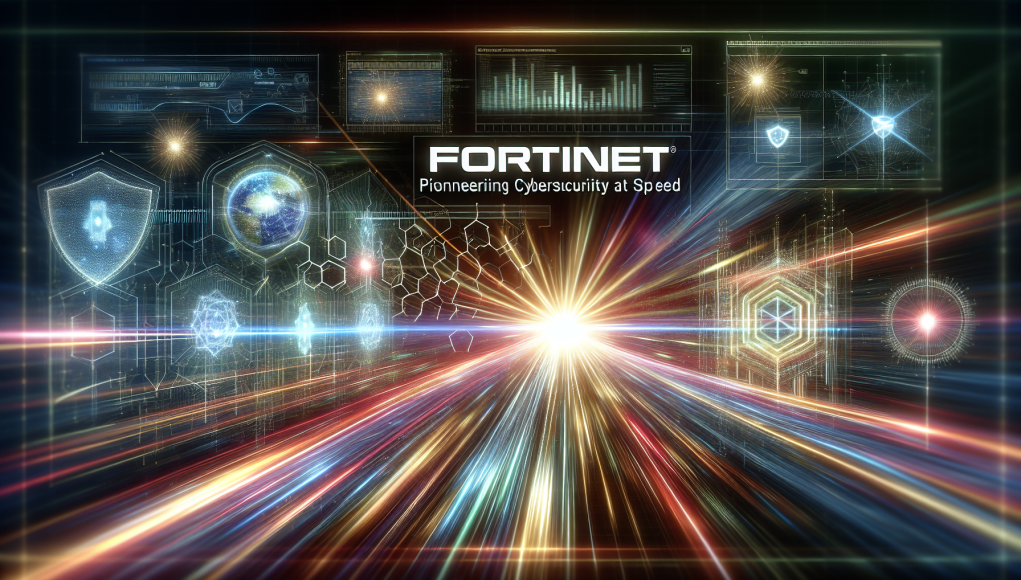In an era where digital transformation is accelerating at breakneck speed, the intersection of cybersecurity and analytics has never been more critical. Fortinet Inc., a key player on the global cybersecurity stage, has recently demonstrated a remarkable trajectory of growth that not only outpaces broader market trends but underscores a compelling narrative about the power of innovation fused with data-driven insight.
Amid persistent economic uncertainties and shifting geopolitical landscapes, Fortinet’s Q1 2025 financial results have emerged as a beacon of strategic foresight and technological agility. The firm’s growth is not simply a function of market demand for security solutions; rather, it exemplifies a forward-looking approach that leverages sophisticated analytics to anticipate threat evolutions and customer needs. This nuanced blend of cybersecurity excellence and advanced data analytics has positioned Fortinet well ahead of its peers, enabling them to capture new market share and enhance operational efficiency simultaneously.
From an analytics perspective, what truly sets Fortinet apart is its pioneering use of threat intelligence coupled with machine learning algorithms across its extensive security fabric. The company’s Security Operating Platform harnesses immense streams of real-time data from millions of sensors deployed worldwide, transforming raw security signals into actionable intelligence. This intelligent data processing not only improves threat detection precision but also optimizes response times, a critical advantage in an industry where seconds can mean the difference between resilience and breach.
Such dynamic analytics-driven capabilities align fortuitously with evolving customer expectations. Enterprises today seek not just isolated security controls but integrated, scalable frameworks that proactively identify risk and safeguard multifaceted network environments—from cloud infrastructures to IoT ecosystems. Fortinet’s continuous investment in research and development, focusing on embedding deeper analytics and automation into its product suite, drives this adaptability. This has led to a surge in adoption across diverse verticals, showcasing how deep analytical insights coupled with robust cybersecurity tools can address complex, multilayered threats efficiently.
Moreover, Fortinet’s growth illuminates another pivotal trend within the analytics and cybersecurity landscape: the commoditization of raw data is giving way to the premium value of curated, context-rich intelligence. Fortinet’s approach stresses quality over quantity, distilling terabytes of data into refined, predictive insights that empower security teams to operate with strategic clarity. This evolution embodies the next generation of cybersecurity solutions—those that do not merely react but anticipate, not simply monitor but optimize.
While economic headwinds remain a concern for many technology firms, Fortinet’s resilience is an inspiring case study in how data-centered innovation can create differentiation and sustainable growth. Their strategic blend of analytics and cybersecurity is redefining industry benchmarks, cultivating customer trust, and fostering partnerships aimed at developing resilient digital infrastructures bulletproof against emerging threats.
Looking beyond the numbers, Fortinet’s narrative resonates deeply with the analytics community. It challenges conventional notions about cybersecurity being purely a defensive posture and instead portrays a proactive, intelligence-led ecosystem where data amplifies security posture, informs decision-making, and fuels continuous improvement. This holistic vision is essential as the world moves toward increasingly connected and complex digital environments.
As we venture deeper into 2025, Fortinet stands as a compelling exemplar of how companies can harness analytics not just to survive but to thrive, driving innovation at speed and scale. The firm’s journey offers valuable insights for analysts, strategists, and technologists alike, providing a window into a future where the fusion of cybersecurity and analytics becomes the cornerstone of digital trust and business continuity in an unpredictable world.




























